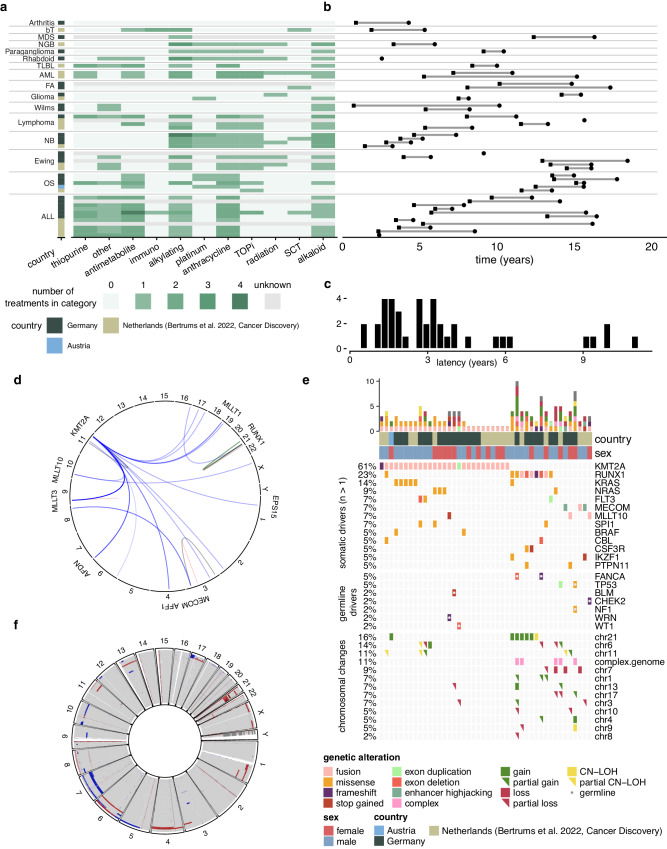Selective pressures of platinum compounds shape the evolution of therapy-related myeloid neoplasms

Eline J M Bertrums, Jurrian K de Kanter, Lucca L M Derks, Mark Verheul, Laurianne Trabut, Markus J van Roosmalen, Henrik Hasle, Evangelia Antoniou, Dirk Reinhardt, Michael N Dworzak, Nora Mühlegger, Marry M van den Heuvel-Eibrink, C Michel Zwaan , Bianca F Goemans, Ruben van Boxtel
Nature Comm, 2024 Jul 17;15:6025. doi: 10.1038/s41467-024-50384-z
Therapy-related myeloid neoplasms (t-MN) arise as a complication of chemo- and/or radiotherapy. Although t-MN can occur both in adult and childhood cancer survivors, the mechanisms driving therapy-related leukemogenesis likely vary across different ages. Chemotherapy is thought to induce driver mutations in children, whereas in adults pre-existing mutant clones are selected by the exposure. However, selective pressures induced by chemotherapy early in life are less well studied. Here, we use single-cell whole genome sequencing and phylogenetic inference to show that the founding cell of t-MN in children starts expanding after cessation of platinum exposure. In patients with Li-Fraumeni syndrome, characterized by a germline TP53 mutation, we find that the t-MN already expands during treatment, suggesting that platinum-induced growth inhibition is TP53-dependent. Our results demonstrate that germline aberrations can interact with treatment exposures in inducing t-MN, which is important for the development of more targeted, patient-specific treatment regimens and follow-up.


